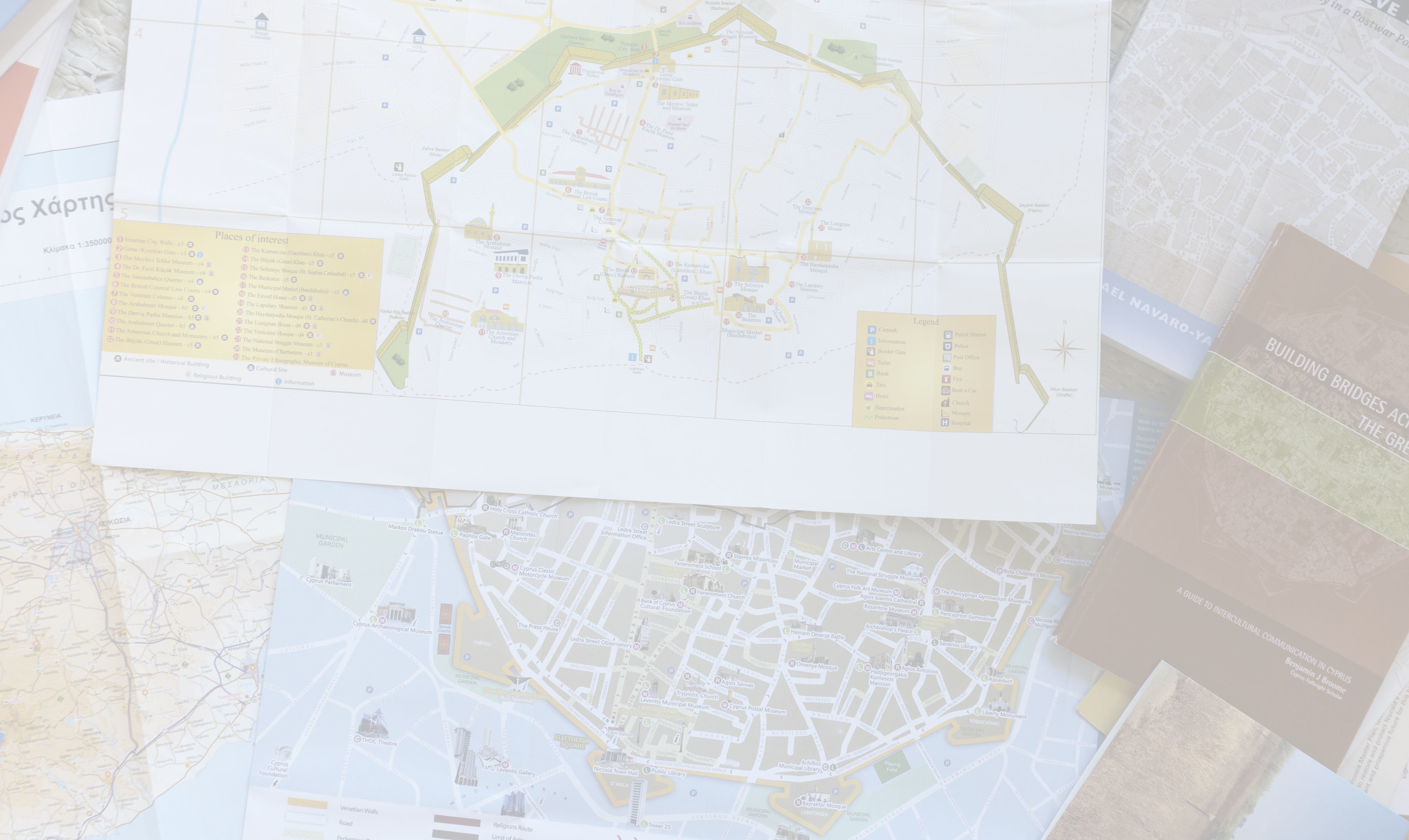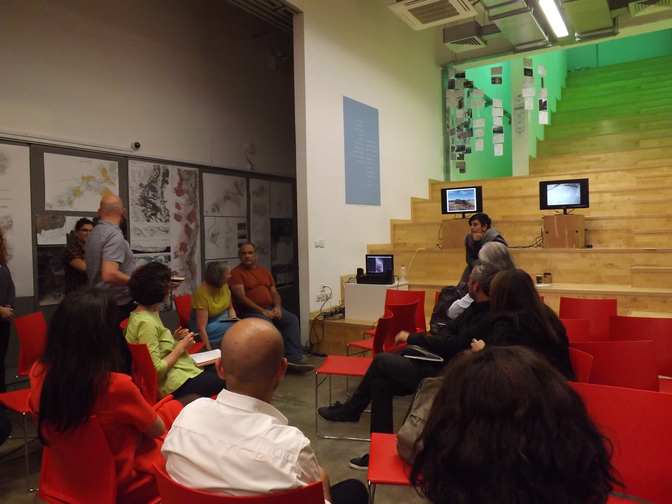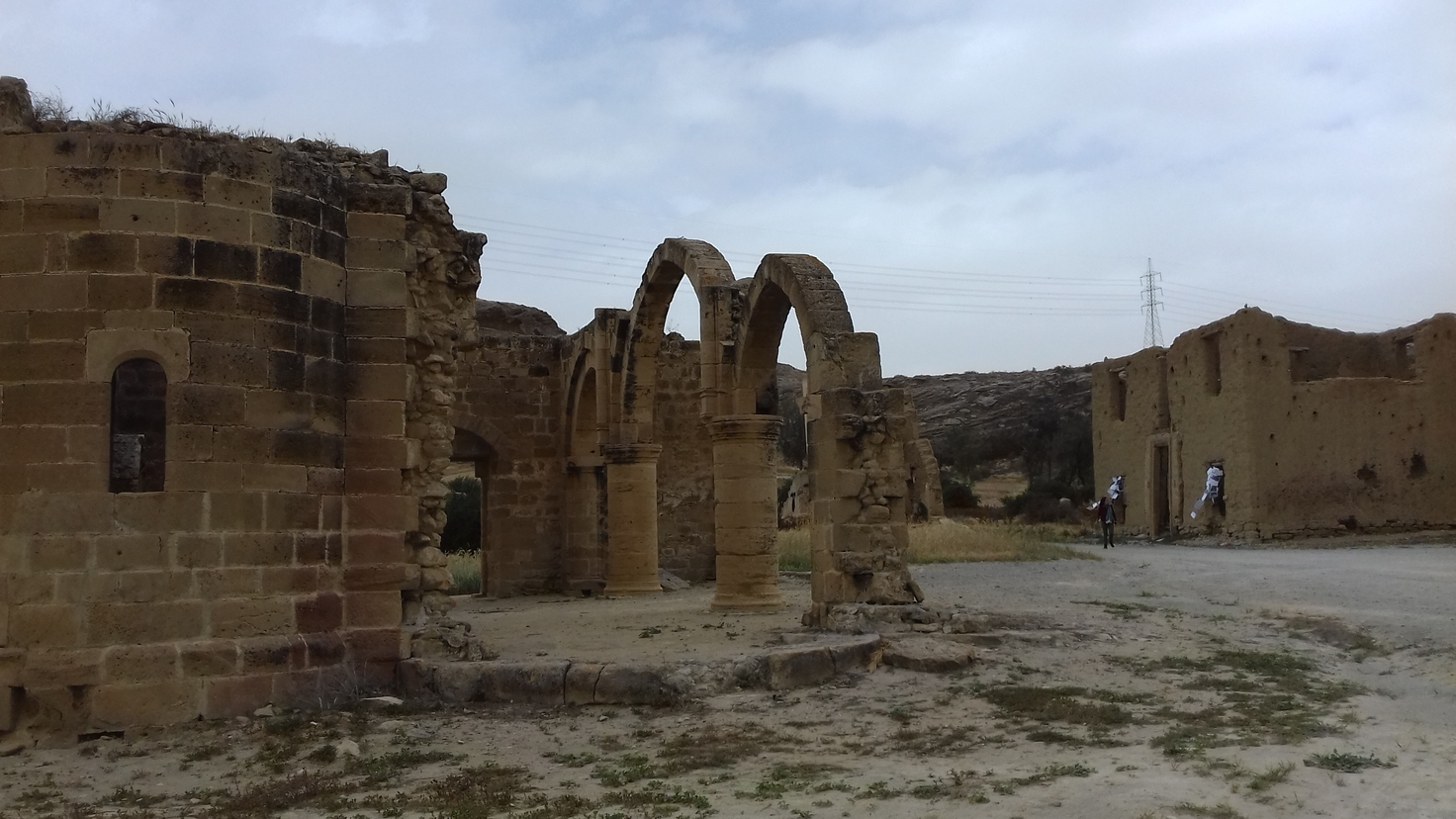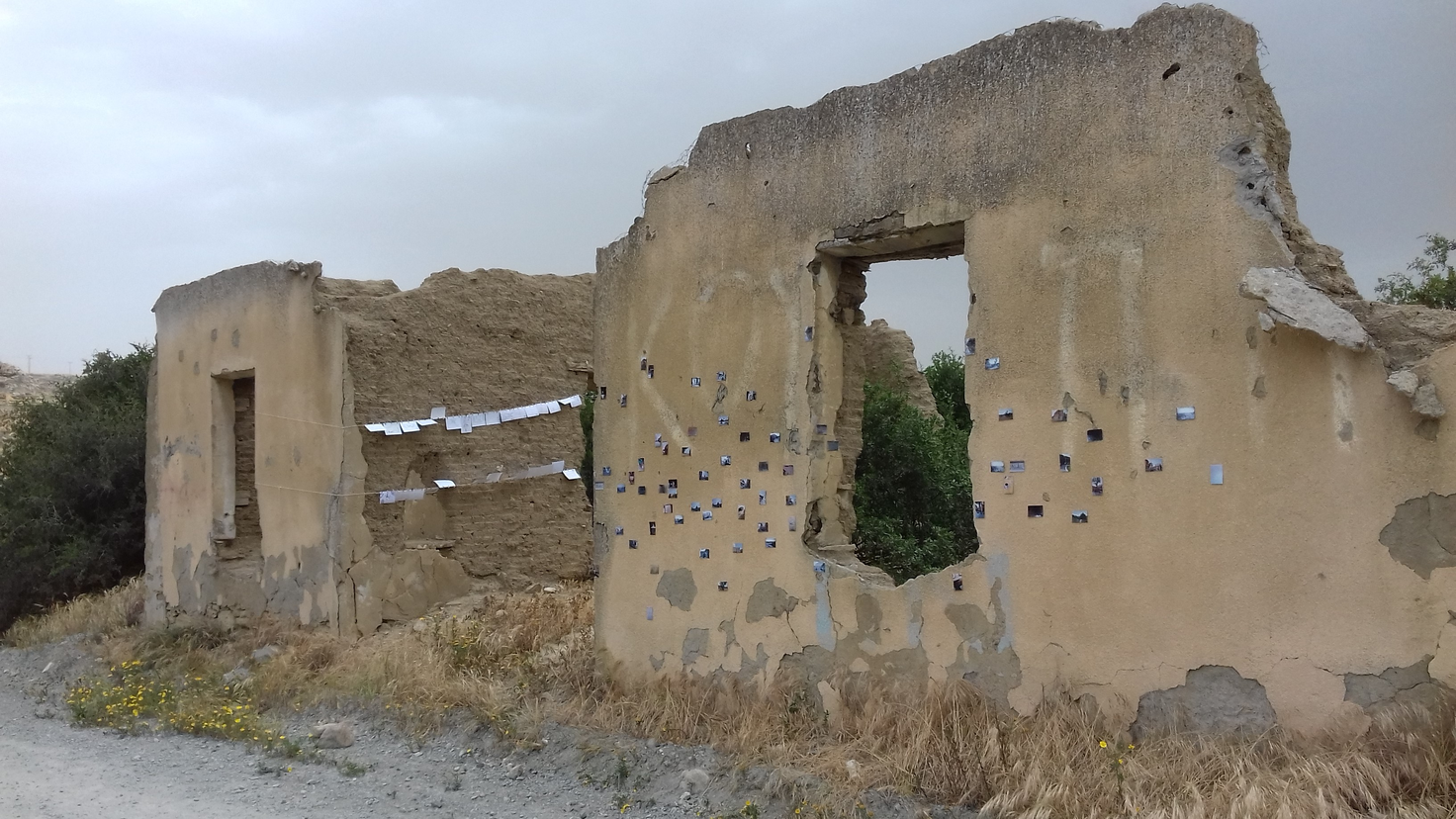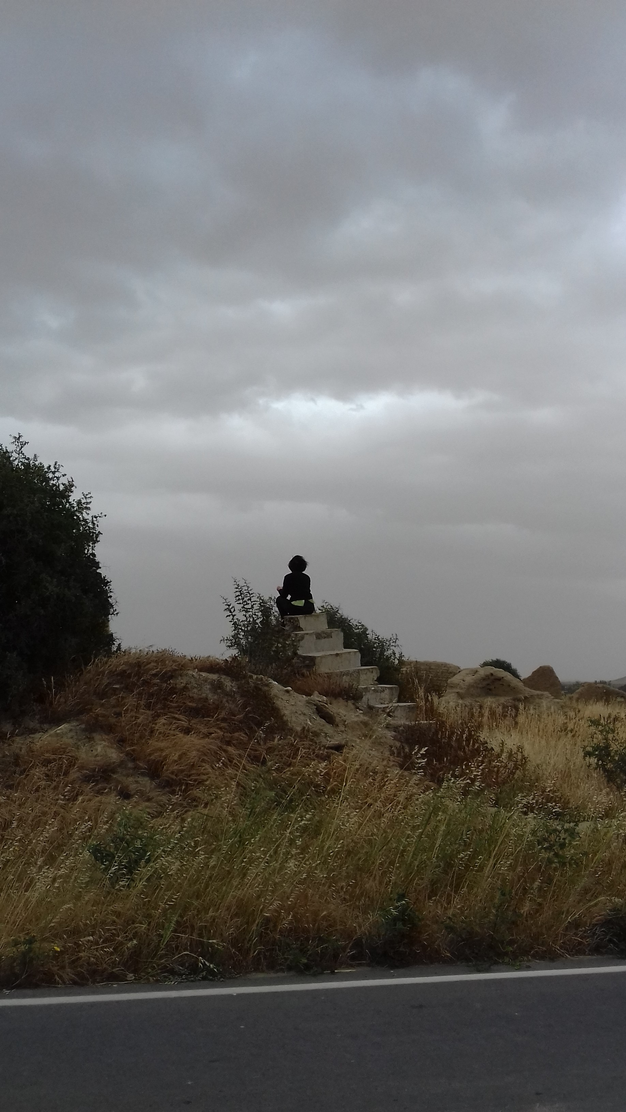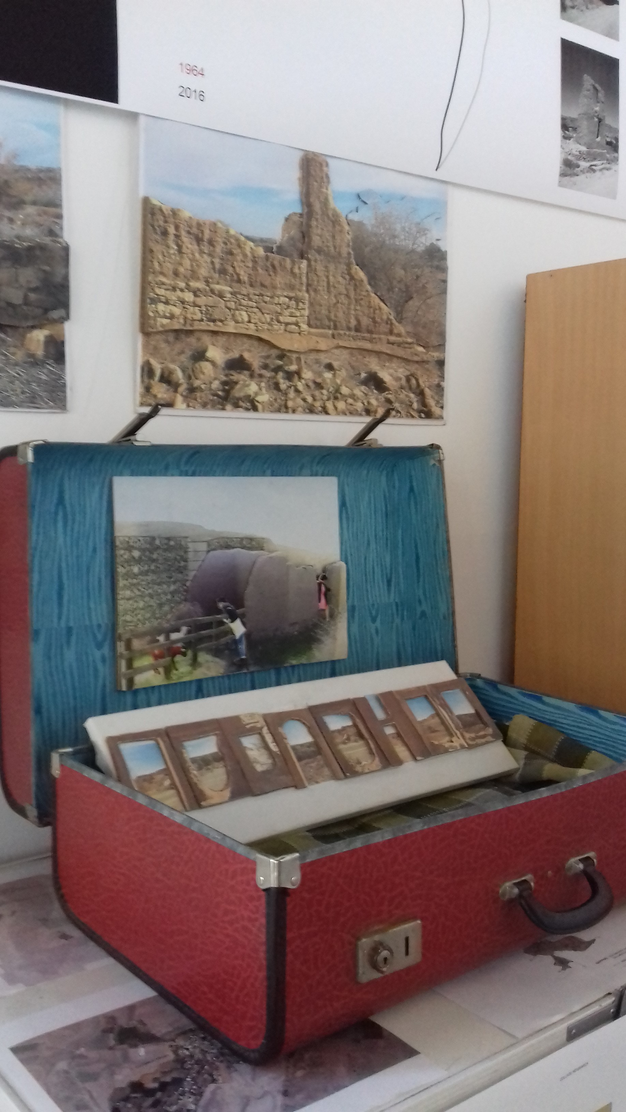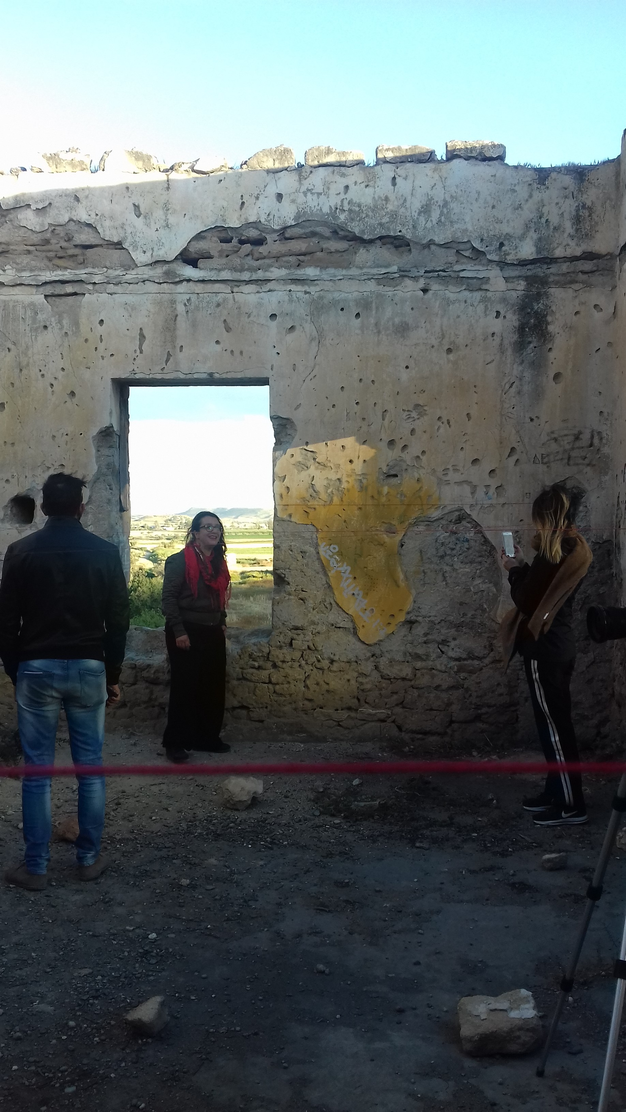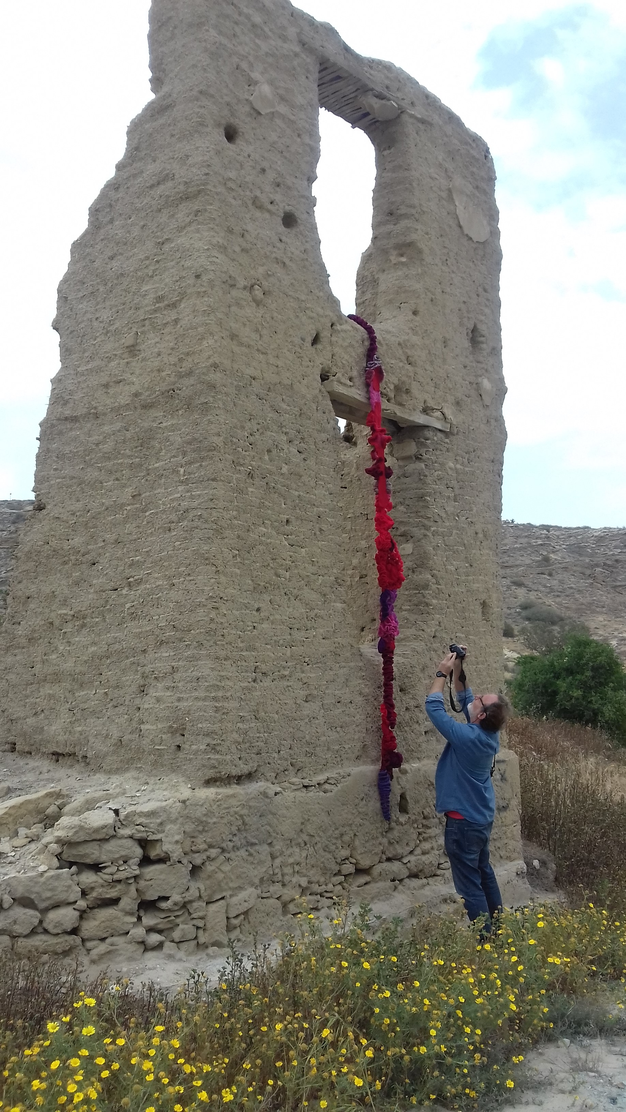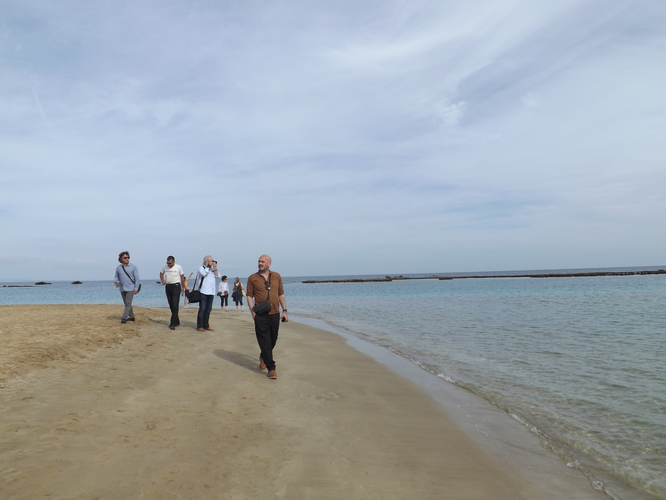Background to CCFT in Cyprus
CCFT has grown out of a series of collaborations between individual members involving dialogic processes and creative practices. Firstly, by involvement in a cultural ‘think tank’ entitled, Art, place and social imagination, held in Kaunas, Lithuania (2013). Secondly, through undertaking a travelling research project to two UNESCO World Heritage Sites: the fjord area of Odda, Norway and the Brough of Birsay, Orkney as part of ‘In a place…’ (funded by Creative Scotland), resulting in an exhibition and series of seminars at Glasgow School of Art (2014). Thirdly, through exhibitions and workshops held in Johannesburg, South Africa addressing the role of art and creative practices in opening dialogues around identity, memory and belonging. As a result of the connections made between individuals participating in these projects an evolving dialogue into the nature of place and place identity emerged through a process of multiple (parallel and/or contrasting) considerations of the claims that a place might make on our body’s intelligibility[5] and the role of the imagination.
A week-long seminar, hosted at Nottingham Trent University (July, 2016) focused upon these themes and CCFT was founded. In order to establish a dynamic mode of research and cultural exchange with regards to the matter of place (and its diversity of meanings) it was agreed that CCFT’s overarching methodological approach would take the form of peripatetic colloquia, meetings and conversational walks – encounters at agreed geographical points (places) – as opportunities (events) to engage in dialogues with invited regional specialists (with expert knowledge). Thereby establishing a dynamic mode of research networking and cultural exchange that reflects a fluid community of academics, thinkers, activists and artists who live, work or were born around the periphery of the European Community.
[5] Stephanides, Stephanos and Stavros Karayanni (eds). Vernacular Worlds, Cosmopolitan Imagination: The Intimate Estrangement of Homecoming, Leiden: Brill, 2015, xi.
Introduction
The collaboration between the authors sits under the umbrella of the Creative Centre for Fluid Territories (CCFT), an international research centre which interrogates how interdisciplinary artistic research practices contribute to and share critical insights about place making, belonging and occupation. The core participants in CCFT are a group of artistic researchers, architects, designers and cultural theorists from England, Scotland, Norway and Cyprus, whose practices, individually and collectively, seek to consider the role of artistic research in shaping narratives of place through dialogues, colloquia and exhibitions.
Exploring liminality in Cyprus: spaces, voices, and means of expression
The methodology of this exposition emerges from an interpretivist and subjectivist epistemology, especially based on a phenomenological understanding of our context, based on different performative methods which have helped us to explore issues of identity (the self and the other), perception and the audience.
Our phenomenological approach is firstly triggered by the experience itself, the being aware of the act of ‘being’[1] in a space, of being part of those dialogues, colloquia and exhibitions. We concur with Heidegger’s understanding and experience of space in order to fully embrace a more nuanced meaning of those liminal spaces, “structures that bear the imprint of successive layers of dwelling”[2], of stories, of dialogues. Our research, as explored in this article, includes a second iteration of the phenomenological approach by reflecting and writing about our experiences in Cyprus when we are there and elsewhere: in other spaces or “places between”, as Jane Rendell coined them, highlighting how “the writing process has constructed, as well as traced, ‘a place between’”[3].
Our research, ultimately, aligns with Phenomenology of Practice, a methodology that explores writing at the core of the reflective process, to record experiences, encounters, spaces, as well as an empathy that goes beyond the academic research, that is not just intellectual but “it is, indeed, pathic: relational, situational, corporeal, temporal, actional”[4]. As a result, the writings included here, reflect that empathy, that connection with the place that we have now visited so many times, and yet, we are still in the fringe of the “otherness”. Cyprus and its liminal spaces have inspired the writing of the Coffee Letters, of those dialogues that happened in academic environments, as well as those informal encounters in the City.
[1] Heidegger, Martin. Being and Time, Oxford: Blackwell, 2001 [1962].
[2] Sharr, Adam. Heidegger for Architects, Oxon and New York: Routledge, 2007, 70.
[3] Rendell, Jane. Art and Architecture: A Place Between, London, New York: I.B. Tauris, 2006, 193.
[4] Manem, Max Van. “Phenomenology of Practice”, Phenomenology of Practice, 1 (1) 11, 2007.
After the Nottingham Colloquium the Professor of Architecture, Yiorgos Hadjichristou, of the University of Nicosia offered to act as host for the next in a proposed programme of travelling colloquia (held in November 2016). The one-day formal colloquium (Department of Architecture (ARC), University of Nicosia) with invited speakers and guests, was held at the end of a week of teaching sessions (seminars, group critiques and discussion), City walks on both sides of the UN brokered de-militarised Buffer Zone, and conversations with academics and artists from the City.
‘...location is intensified into place.’ [6]
While not the first location or place visited by members of CCFT, Nicosia, given its history of colonial occupation(s), followed by inter-communal conflict, and then political division, provided a potent point (place and case study) where the complex set of narratives that inform a sense of place may be evidenced. While calling such visits case studies, care has, of course, to be taken to avoid the pitfall of the sound bite or any assumptions made in passing (as a casual visitor). Consequently, CCFT has adopted a methodological practice that involves a combination of: fieldwork, empirical research, phenomenological and, ultimately, auto-ethnographic methods, underpinned by theoretical understanding and practice-led processes.
The experiences drawn upon for this exposition result from practice-led research undertaken in Cyprus by Brind & Harold since 1998 which focused upon the Buffer Zone and the complex C20th history of the Island, and from initial research and teaching undertaken by Souto in 2013, all of which contributed to fieldwork undertaken by CCFT members from 2016 onwards. The exposition includes fragments of dialogue from the Nicosia Colloquium, 2016; images from Timeless Encounters – 'Place of Barley', temporary interventions in the former inter-communal village of Agios Sozomenos, 2018; reflections on Urban Glendi for the Buffer Fringe, 2019; as well as comments gathered during everyday exchanges.
[6] Robinson, Tim. Stones of Aran: Pilgrimage, London: Faber & Faber, 1986, 162.
